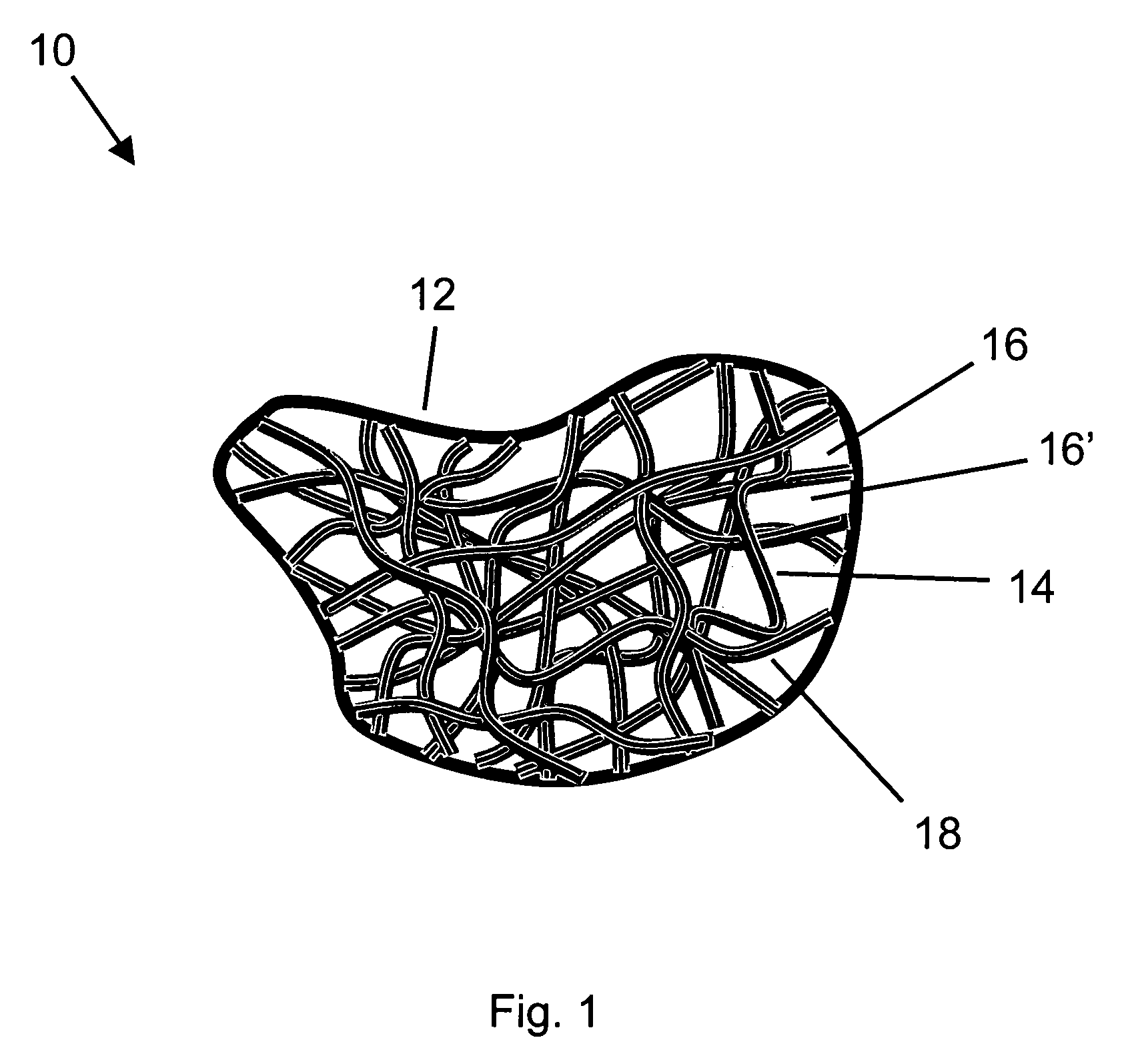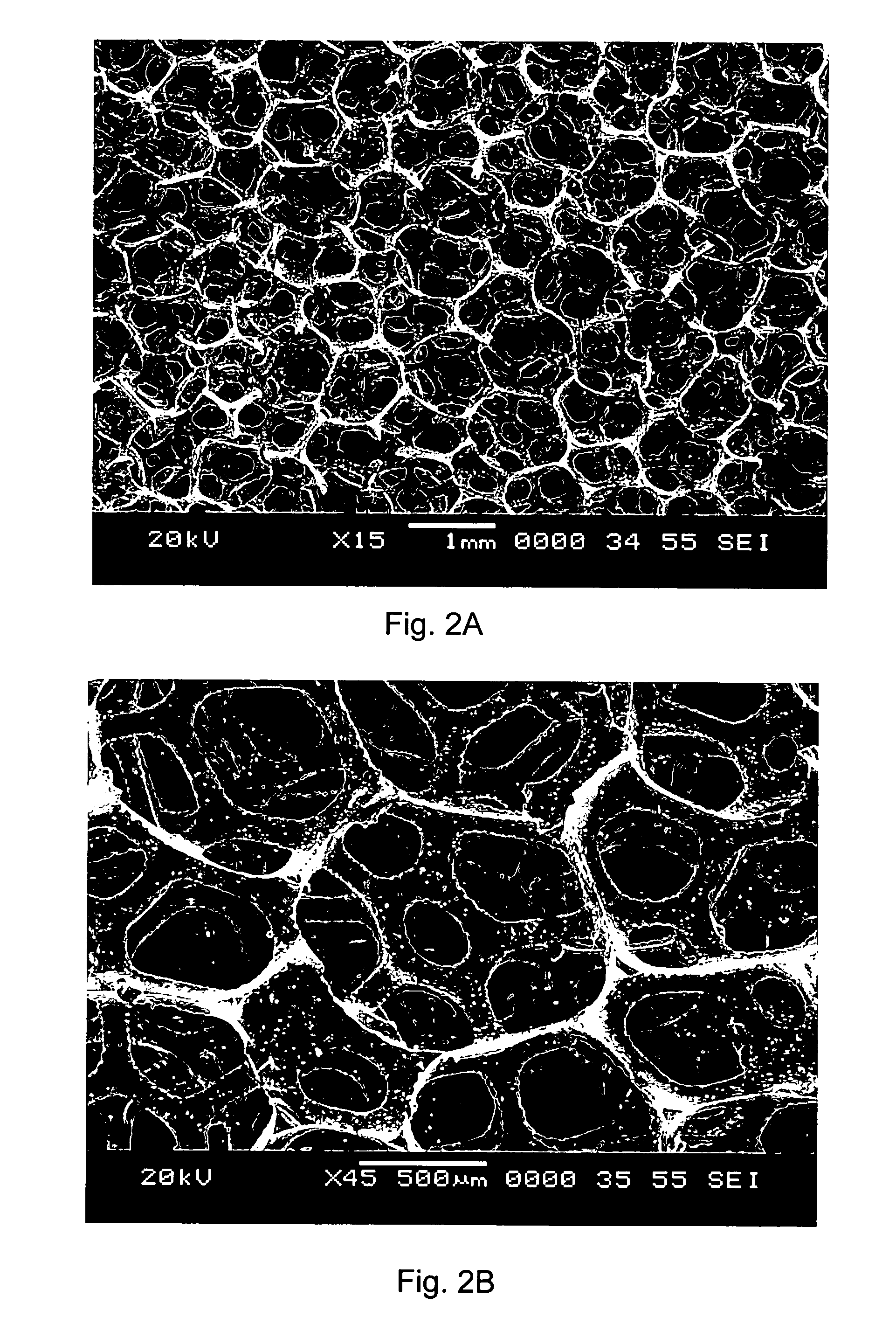Methods for manufacturing porous nuclear fuel elements for high-temperature gas-cooled nuclear reactors
a technology of high-temperature gas-cooled nuclear reactors and nuclear fuel elements, which is applied in the field of porous nuclear fuel elements, can solve the problems of limiting maneuverability and destinations, chemical systems will not be able to extend human space exploration much beyond, and the potential for lowering thrust, etc., and achieves high melting temperatures, high thermal conductivity, and high resistance to erosion.
- Summary
- Abstract
- Description
- Claims
- Application Information
AI Technical Summary
Benefits of technology
Problems solved by technology
Method used
Image
Examples
Embodiment Construction
[0042]Herein, when we refer to a tri-carbide nuclear fuel, e.g., (U,Zr,Nb)C, we broadly define this to include hyper- and hypo-stoichimetric compositions, such as (U0.1 Zr0.77 Nb0.13) C0.95, in addition to stoichimetric compositions. Additionally, when we refer to uranium, we broadly define this as including any fissile element, including enriched uranium, americium, plutonium, and mixtures thereof, unless otherwise specifically stated.
[0043]FIG. 1 illustrates a schematic side view of an example of a porous nuclear fuel element, according to the present invention. Fuel element 10 comprises a porous body 12 comprising internal structure 14 and interconnected pores 16, 16′, etc. In this example, internal structure 14 is illustrated as a fibrous body comprising a tangled web or woven mesh of fibers or ligaments. Nuclear fuel 18 is disposed on the external surfaces of internal structure 14. Fuel 18 comprises one or more alloys selected from the group consisting of solid solution uranium...
PUM
| Property | Measurement | Unit |
|---|---|---|
| total porosity | aaaaa | aaaaa |
| total porosity | aaaaa | aaaaa |
| porosity | aaaaa | aaaaa |
Abstract
Description
Claims
Application Information
 Login to View More
Login to View More - R&D
- Intellectual Property
- Life Sciences
- Materials
- Tech Scout
- Unparalleled Data Quality
- Higher Quality Content
- 60% Fewer Hallucinations
Browse by: Latest US Patents, China's latest patents, Technical Efficacy Thesaurus, Application Domain, Technology Topic, Popular Technical Reports.
© 2025 PatSnap. All rights reserved.Legal|Privacy policy|Modern Slavery Act Transparency Statement|Sitemap|About US| Contact US: help@patsnap.com



